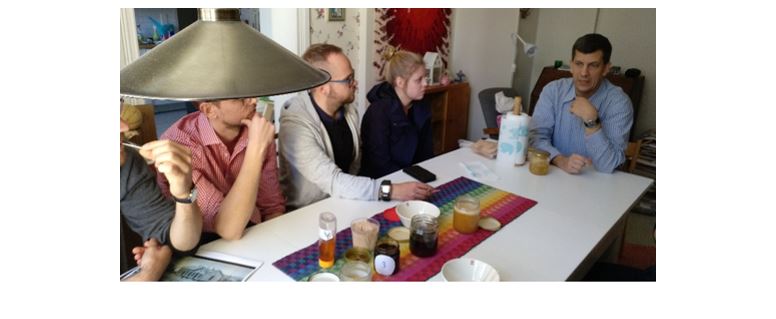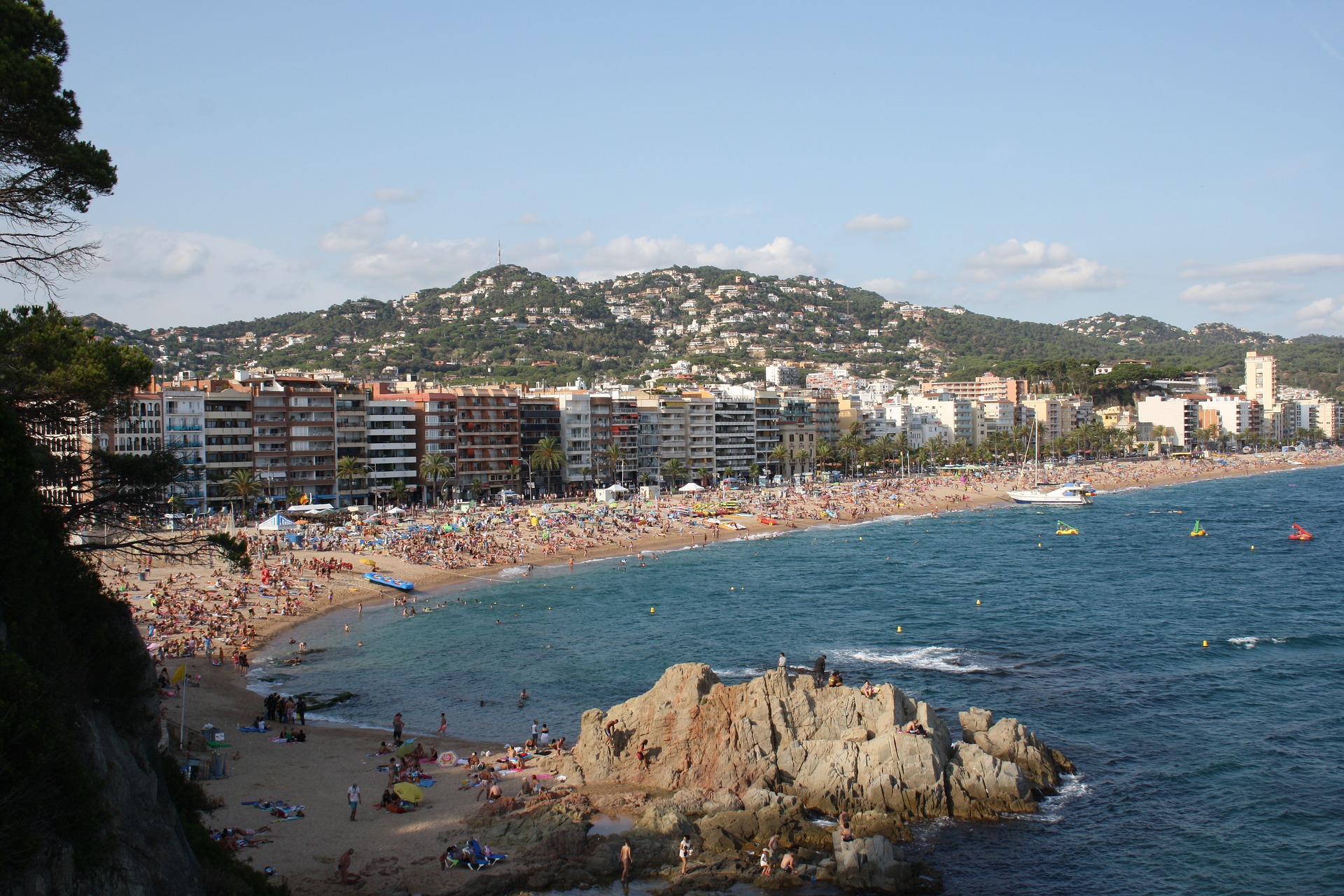
A student’s guide to creating excursions: Interactive learning experience to open up unknown sides of Joensuu
By Moritz Albrecht When I started my geography studies at Basel University, excursions were my favourite style of learning. It enabled to get out of the classroom, get some first-hand experience and also gave a more realistic insight in what researchers do than the dry lectures inside. Additionally I deemed it more fun to hike, […]

Looking for ways towards low-carbon societies
”The European Commission is looking for cost-efficient ways to make the European economy more climate-friendly and less energy-consuming.” It all started with our idea of hopping on a European Commission’s roadmap to low carbon economy. Along with Erasmus+ Strategic Partnerships program we had a chance to wrap up a project which would harness us, our […]